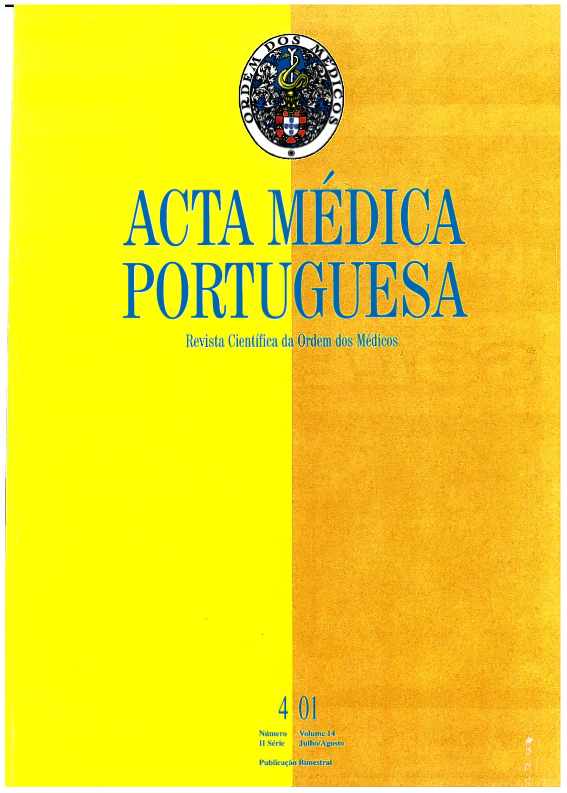Intestinal invagination in children. Reduction with pneumo-enema.
DOI:
https://doi.org/10.20344/amp.1866Abstract
Pneumatic reduction of intussusception in children is an effective and safe procedure, although controversy persists concerning contraindications. The shown by this procedure when compared to barium reduction have led to its implementation in our Service.To evaluate the usefulness of a 'handicraft method' of pneumatic reduction of intussusception with very restricted contraindications (peritonitis or shock).The prospective study included 50 attempts at pneumatic reduction in 48 children (age range: 1.5-24 months). After confirmation of the diagnosis by ultrasonography. Then, air insufflation of the colon was performed under manometric and fluoroscopic control. After confirmation of diagnosis by ultrasonography, air insufflation of the colon was performed under manometric and fluoroscopic control in an operative room. Evolution longer than 24 hours was considered diagnostic delay, leukocytosis if WBC > 15 x 10(9)/l and distal localisation after splenic angle. Immediate laparotomy was undertaken in case of unsuccessful or doubtful reduction.Thirty-five reduction procedures (70%) were effective ab initio. In the 15 children submitted to laparotomy, seven were completely reduced (14%), five were manually reduced (10%), two presented intestinal necrosis (4%) and one (recurrence) had an ileal duplication (2%). The "real" efficacy (84%) was lower, even though significantly affected by diagnostic delay (81% vs 83%), rectal bleeding (81% vs 100%) or leukocytosis (71% vs 81%); efficacy was significantly lower only in distal localised cases (67% vs 97%, p = 0.02). There was one more recurrence (4%) and no other complications.The adopted method of pneumatic reduction was highly effective with low morbidity. Restricted contraindications were appropriate.Downloads
Downloads
How to Cite
Issue
Section
License
All the articles published in the AMP are open access and comply with the requirements of funding agencies or academic institutions. The AMP is governed by the terms of the Creative Commons ‘Attribution – Non-Commercial Use - (CC-BY-NC)’ license, regarding the use by third parties.
It is the author’s responsibility to obtain approval for the reproduction of figures, tables, etc. from other publications.
Upon acceptance of an article for publication, the authors will be asked to complete the ICMJE “Copyright Liability and Copyright Sharing Statement “(http://www.actamedicaportuguesa.com/info/AMP-NormasPublicacao.pdf) and the “Declaration of Potential Conflicts of Interest” (http:// www.icmje.org/conflicts-of-interest). An e-mail will be sent to the corresponding author to acknowledge receipt of the manuscript.
After publication, the authors are authorised to make their articles available in repositories of their institutions of origin, as long as they always mention where they were published and according to the Creative Commons license.









